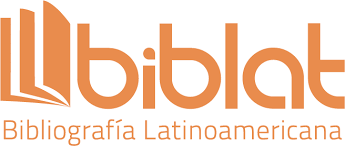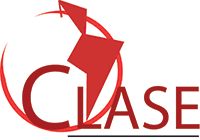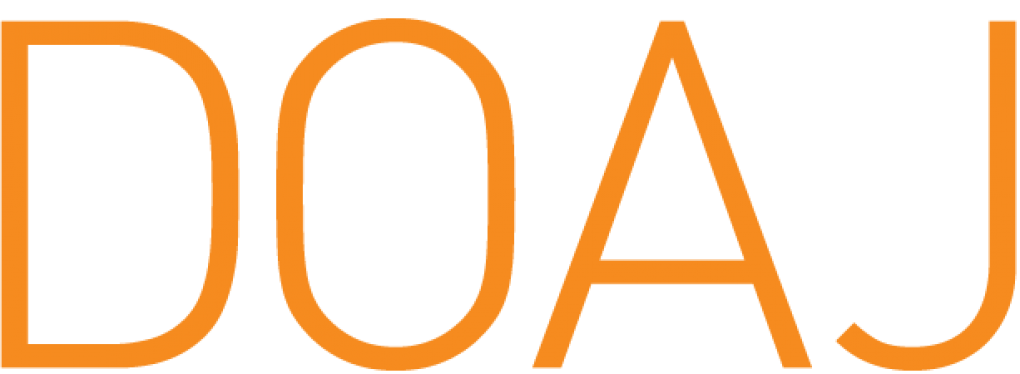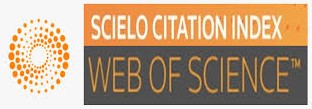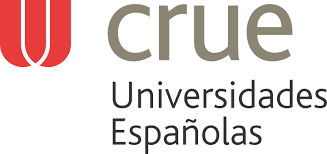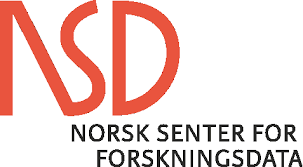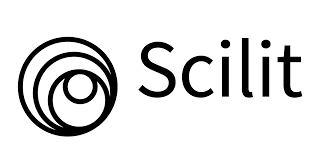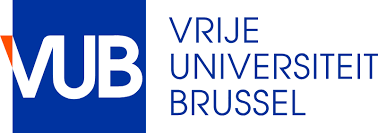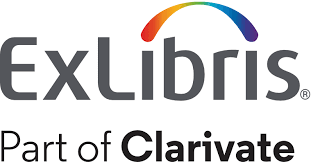Instrument for measurement of knowledge regarding problem solving in third grade of primary school in vulnerable population
DOI:
https://doi.org/10.22335/rlct.v7i3.586Keywords:
Reliability, measurement instrument, internal consistency, Cronbach's alpha, statistical interpretationAbstract
Currently teachers who conduct research and who develop teaching practice, face the problem of validating the reliability of a measurement instrument, which helps to verify and be certain about the topics they investigate and the performances of the students. The most commonly used method to validate an instrument is Cronbach's alpha internal consistency, which is used in this work. This article shows a practical example to determine the reliability of a measurement instrument of student satisfaction in the application of a test, used as a measurement strategy in the third grade of elementary school at Colegio Andrés Bello in Cúcuta, Colombia. SPSS software version 21 and its statistical interpretation are used. This paper offers an analysis of reliability and how to improve the probability of success of the instrument by increasing the reliability of it.
Downloads
References
Achury Saldaña, D. M., Sepúlveda Carrillo, G. J., Rodríguez Colmenares, S. M., & Giraldo, I. C. (2012). Validity and reliability of an instrument to evaluate adherence in patients with heart failure. [Validez y confiabilidad de un instrumento evaluativo de adherencia en pacientes con falla cardiaca] Enfermeria Global, 11(2), 1-9.
González Y. (2008). Instrumento Cuidado de comportamiento profesional: validez y confiabilidad”, 8(2), Chia, Colombia, pp. 170-182., yagonzaiez@ancon.up.ac.pa
Hernández Sampieri R. (2003). Metodología de la Investigación. México: Editorial Mc. Graw Hill D.F
Namakforoosh M. (2010), Metodología de la Investigación. México D.F Editorial Limusa S.A de C. V.
Roncancio Parra, N., & Espinosa, H. (2010). Un breve acercamiento a la formación de los semilleros de investigación. Precisiones acerca de algunas diferencias entre la formación investigativa y la investigación formativa. Revista Logos Ciencia & Tecnología, 2(1), 152-157. doi:http://dx.doi.org/10.22335/rlct.v2i1.75
Silva F. R., (2009). Validez y Confiabilidad de los instrumentos de Recolección de Datos, Recuperado de: http://www.slideshare.net/rosilfer/presentatios, Consultado en abril 2012.
Silverman, M. J. (2011). Developing and testing the guitar songleading performance scale (GSPS). International Journal of Music Education, 29(3), 283-294. doi:10.1177/0255761411409123
Supo, J. (2011). Como incrementar el alfa de Cronbach, Recuperado de: http://www.youtube.com/watch?v=rZEHGkm01_A, consultado en abril 2012.
Turizo Arzuza, M. (2014). En la búsqueda de nuevas formas de interacción sociodiscursiva en entornos virtuales de aprendizaje: El nuevo rol docente. Revista Logos Ciencia & Tecnología, 5(2), 263-273. doi:http://dx.doi.org/10.22335/rlct.v5i2.123
Vergel, M. & Gallardo, H. (2007). Modelación en un museo interactivo. En X Reunión de la RED POP y IV Taller, Ciencia, Comunicación y Sociedad. Recuperado en: http://www.cientec.or.cr/pop/2007/CO-MawencyVergel.pdf
Vergel, M. & Martínez, J. (2013). Inteligencias múltiples y estilos de aprendizaje, su relación con el rendimiento académico de estudiantes de estadística. Revista Eco Matemático, 5 (1), 2014. 74-86.
Vergel, M., Gallardo, H. & Martínez, J. (2014). Factores asociados al rendimiento académico en estadística de estudiantes de administración pública. Bogotá: Colección Pedagogía Iberoamericana.
Villar-Centeno, Tiga-Loza, D. C., L. A., Güiza-Sanabria, D. R., & Martínez-Vega, R. A. (2010). The validity and reliability of an instrument for measuring the satisfaction of users suffering from acute febrile syndrome. [Validez y confiabilidad de un instrumento de satisfacción del usuario con syndrome febril agudo] Revista De Salud Pública, 12(5), 820-832. doi:10.1590/S0124-00642010000500012
Downloads
Published
Issue
Section
License
This journal provides free and immediate access to its content (https://creativecommons.org/licenses/by/4.0/legalcode#languages), under the principle that making research available to the public free of charge supports greater global knowledge exchange. This means that the authors transfer the Copyrights to the journal, so that the material can be copied and distributed by any means, as long as the authors’ recognition is maintained, and the articles are not commercially used or modified in any way.

